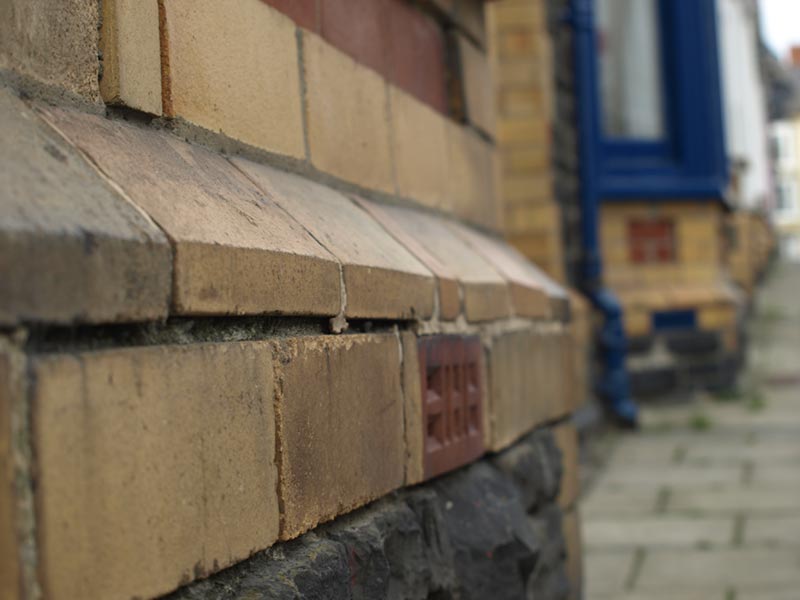Shared Walls and Shared Lives 01.11.15

A terraced street © Dafydd Prys
Pippa Pemberton celebrates the Welsh terrace, and argues this structure can be adapted into an energy-efficient model for contemporary communal living.
Could Wales’ most ubiquitous and often maligned form of housing provide a key to a more caring, prosperous and sustainable future? As a heritage professional, my work has often demanded that I have regard for the rare, unusual and unique. these are the majority of the buildings that have been listed since the process began after the second world war. A building might be listed for its rarity, such as the quality of survival of a once-common building form now mostly lost, or age, or aesthetic elitism. Thankfully, however, the sector is now becoming increasingly interested in other, less exclusive forms of heritage too. My personal archaeological practice has been focused on the more commonplace and everyday remains of our history and prehistory. And, for me, the best expression of this is my soft spot for the terraced house, a building form that is rarely listed and rarely celebrated as heritage.
Now, this could be explained by my teenage years listening to the Smiths and craving all things Manchester, the terraced home of my first boyfriend, my student terraced housing, my 1990s road protesting years resisting the route of the M11 link road, or the birth of my two children in a terrace. however, I think this interest also goes deeper than mapping my biographical journey through terraces.
Sign in to read more